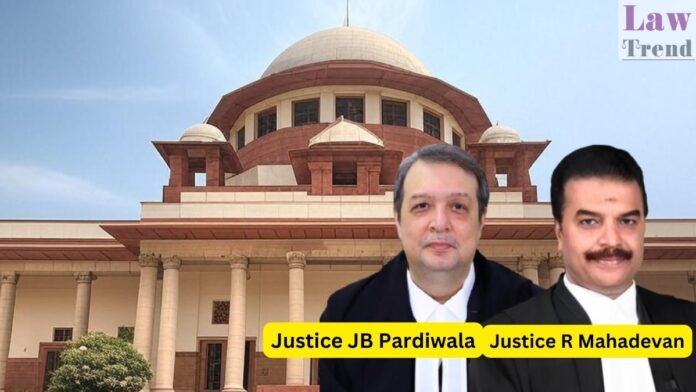The Supreme Court, in a significant ruling on criminal procedure, has held that a Court of Session has the power under Section 193 of the Code of Criminal Procedure (CrPC) to summon a person to face trial, even if they are not named as an accused in the police chargesheet, based on materials available in
To Read More Please Subscribe to VIP Membership for Unlimited Access to All the Articles, Download Available Copies of Judgments/Order, Acess to Central/State Bare Acts, Advertisement Free Content, Access to More than 4000 Legal Drafts( Readymade Editable Formats of Suits, Petitions, Writs, Legal Notices, Divorce Petitions, 138 Notices, Bail Applications etc.) in Hindi and English.




